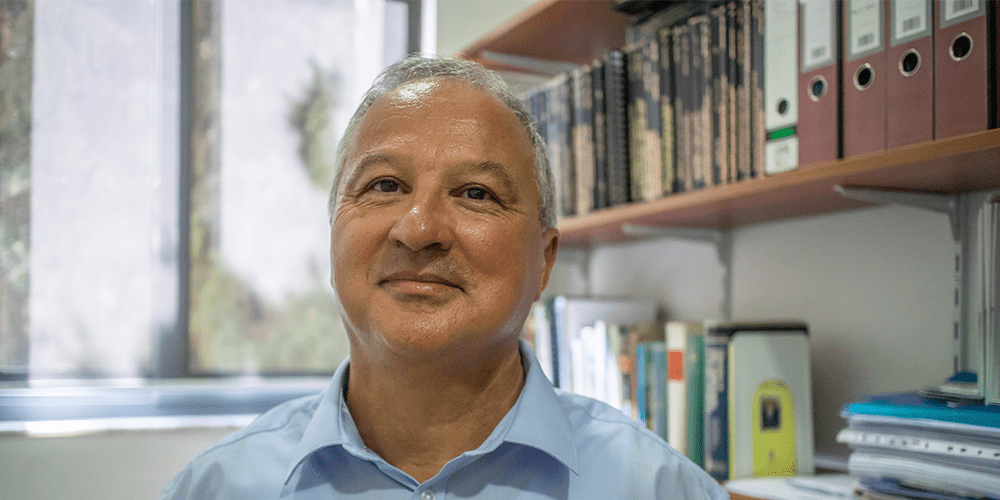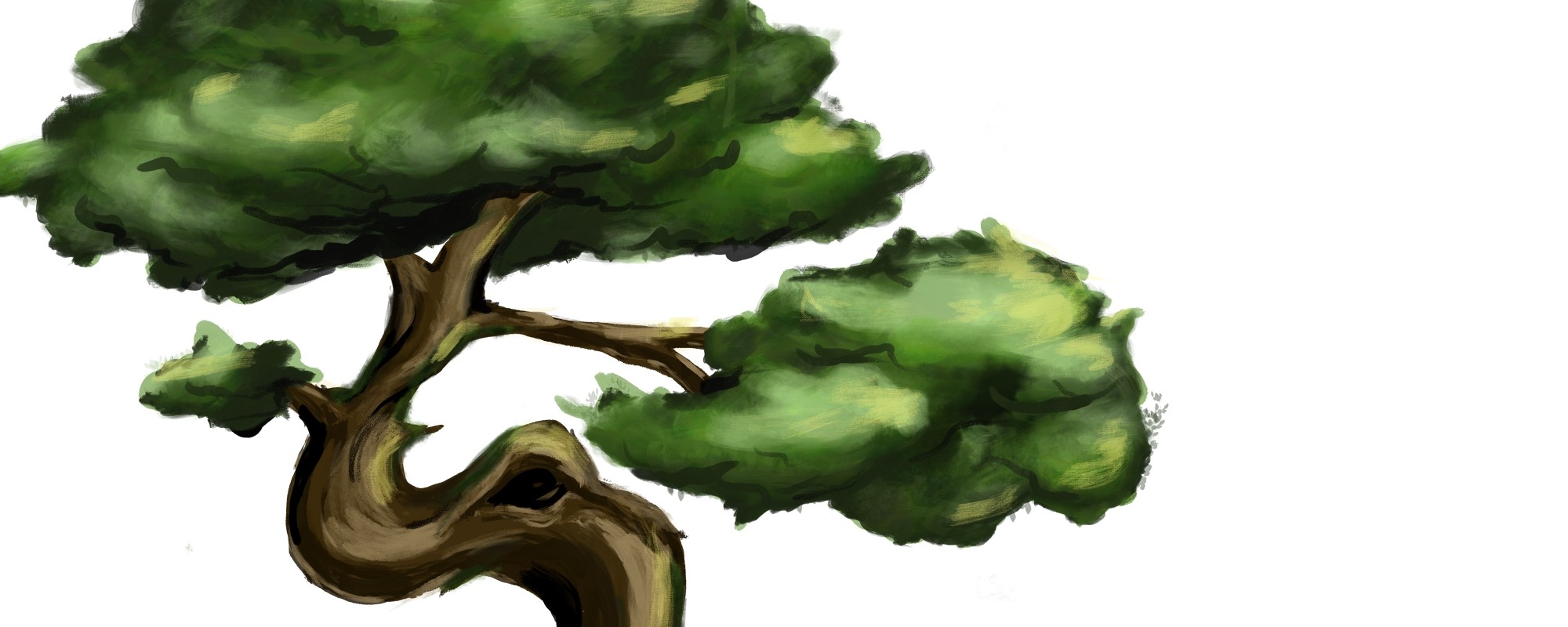In Malta, protests against plans to remove a row of iconic trees drew unprecedented crowds, leading authorities to promise to plant new trees and replant those found in the way of planned infrastructure projects. Emma Clarke looks into the science of tree replantation to see how feasible this would be.
July saw hundreds take to the streets of Attard, in the centre of the island of Malta, to protest the approval of the Central Link project, which will increase road space at the expense of over 500 trees. In the same month, a €20 million underpass project was announced in Santa Luċija. Local residents and activists raged as green crosses began appearing on trees earmarked for removal, and authorities severely pruned olive trees lining the Santa Luċija jogging track to prepare them for transplantation. Later, the Times of Malta reported eyewitness accounts of olive trees being trucked to a field in Dingli, where they remained for just a few days before being returned to their original location in Santa Luċija.
A spokesperson from Infrastructure Malta had explained to the Times of Malta that the trees were only moved to the Dingli field temporarily, until the promenade at Santa Luċija was complete. The Environmental and Resources Agency (ERA) approved this project, which is set overall to involve the uprooting of 550 trees – including native species important for the ecosystem. After an environmental impact screening process, the agency concluded that the project’s impacts were ‘unlikely to be significant’, and so the transplantations began without further investigation.
You do not need to be an expert to know that trees should not be uprooted in the middle of summer. The right conditions are during winter, while the tree is dormant, – Ryan Vella
Infrastructure Malta also emphasised to the Times of Malta that though trees would be uprooted, none would leave the locality. In an interview with THINK, a representative of Infrastructure Malta stated that in-house arborists supervise all transplantations, ensuring that the new location was conducive to the tree’s survival. In addition, the agency plans to plant an additional 1,257 trees at the Majjistral Park, Mellieħa, and the Magħtab Park, Naxxar. The ERA’s Guidelines on Works Involving Trees set the minimum number of trees to plant in compensation for every tree lost, from one tree to replace non-protected and invasive trees to 40 to make up for the loss of a protected tree older than 50 years. An applicant that does not compensate in-kind can instead pay €500 per tree (whereas a single tree can cost more) to the Environment Fund, and Infrastructure Malta chose a mix of these options.
These assurances did not convince local residents and environmentalists. Ryan Vella, a founding member of the NGO Għaqda Siġar Maltin, particularly criticised the choice of timing – July. ‘You do not need to be an expert to know that trees should not be uprooted in the middle of summer. The right conditions are during winter, while the tree is dormant, uprooting it properly, keeping the roots intact, and replanting it somewhere where it will be watered properly and consistently.’ As per ERA’s Guidelines, ‘Any transplanting shall be carried out between autumn and early spring (October to March),’ and the applying authority must issue a three-year bank guarantee of €500 per tree as a pledge to monitor that the tree survives.
‘If that is followed, then there is a good chance that the transplanting will be successful. If they are just left to their own devices and without maintenance, they will die. As an NGO, we know of some cases and places where trees were transplanted, then simply left there, meaning that they eventually died,’ Vella remembers.
ERA’s guidelines advise that ‘transplanting after the spring growth flush and through summer shall be avoided altogether particularly for deciduous trees due to water stress and since the plant will likely not recuperate from the transplanting.’ However, when asked by the Times of Malta why the trees were moved in July, a spokesperson for ERA said that transplanting the trees in summer did not necessarily go against the guidelines if it occurred in ‘exceptional circumstances’.
Witnesses were dismayed at how severely the trees were pruned prior to transplantation. During uprooting, the tree canopy needs to be reduced to minimise water loss from leaves, which can dry up the trunk. However, despite ERA’s guidelines stating that no more than 25% of the crown should be removed, photos from the site at Santa Luċija show that the pruning was more extreme than this, and in some cases no crown was left at all. In response to the ensuing criticism, ERA have launched an investigation into these works.

Researcher Prof. Joseph Buhagiar (University of Malta) believes that a fundamental shift is needed in the population’s attitude towards nature, especially when it comes to prioritising the protection of mature, indigenous trees. ‘If you have a pine that is 100 years old, to me, [cutting it down] is like killing my grandmother. The architect should be working around to accommodate the tree.’ He notes that there is an antiquity law, which should provide protection to trees that are over 50 years old. However, this law can be overridden if a project is considered a priority. ‘Even a minister should not have that power. The minister should be informed that this is something really precious.’
Infrastructure Malta have emphasised that they have planted thousands of new trees to compensate for the transplantations, highlighting that both the Central Link and Santa Luċija projects led to a net gain in the number of trees. Ryan Vella refutes this, saying that more importance should be placed on the maturity of trees, not simply the quantity: ‘The problem is, it takes many years for a tree to mature. It is true that there will be more trees planted; but one still needs 20 years for these trees to mature and provide shade, shelter for birds, and, obviously, oxygen and clean air.’
In many cases contractors transplant mature, indigenous trees in order to avoid losing them from the locality, but Buhagiar explains that this process is especially risky for native species, which tend to have deep, well-established root systems. ‘It’s not simply a case of pruning a one-meter radius around the tree and thinking that it’s going to survive, there’s no way,’ he says. ‘For many indigenous trees the root systems are very deep and very complex, so proper transplantation is a process that takes time and can be very expensive.’ A conifer, for example, takes a year to properly transplant, he says, a timescale incompatible with the tight deadlines of construction projects.
But if the root system is overly reduced and the process is rushed, the tree will likely die shortly after being moved. ‘Most often you end up with these skeletons of transplanted trees. You see that the bark has come off and there is no fresh growth,’ he observes.
If you have a pine that is 100 years old, to me, [cutting it down] is like killing my grandmother. The architect should be working around to accommodate the tree, – Joseph Buhagiar
Not all trees are equal. Widespread planting of invasive, non-native trees such as Indian laurel fig (Ficus Nitida), favoured for their rapid growth, constitutes ‘a huge headache,’ says Buhagiar. Unlike indigenous trees, the Ficus exploit the surface layer of the soil, making it disruptive to pavements and other structures. ‘These are giants, which means that you have to employ brutal cutting and pruning techniques. So many trees were planted which were not suited [to the local environment], either growing too fast or disrupting the infrastructure around them.’
In October, works on the Central Link project were suspended to allow the Environmental and Planning Review to hear all sides after a thousand protesters braved the July sun to tie themselves to the trees facing the chop. Adults and children waved colourful placards and moved to block the road, chanting in Maltese ‘viva s-siġar – hey, hey,’ meaning ‘long live the trees’. ‘We have a voice,’ shouted lead organiser Sasha Vella ‘and we are using it to stand up for our environment.’
Buhagiar hopes that such public action makes a difference. ‘You cannot replace something as precious as a mature tree with even a thousand saplings,’ he says. ‘We want to leave something for the future. I want to leave something for my grandchildren.’
The print version of the article incorrectly referred to the common fig as an example of invasive species. It has been corrected to Indian laurel fig (Ficus Nitida). We apologise for the mistake.





Comments are closed for this article!